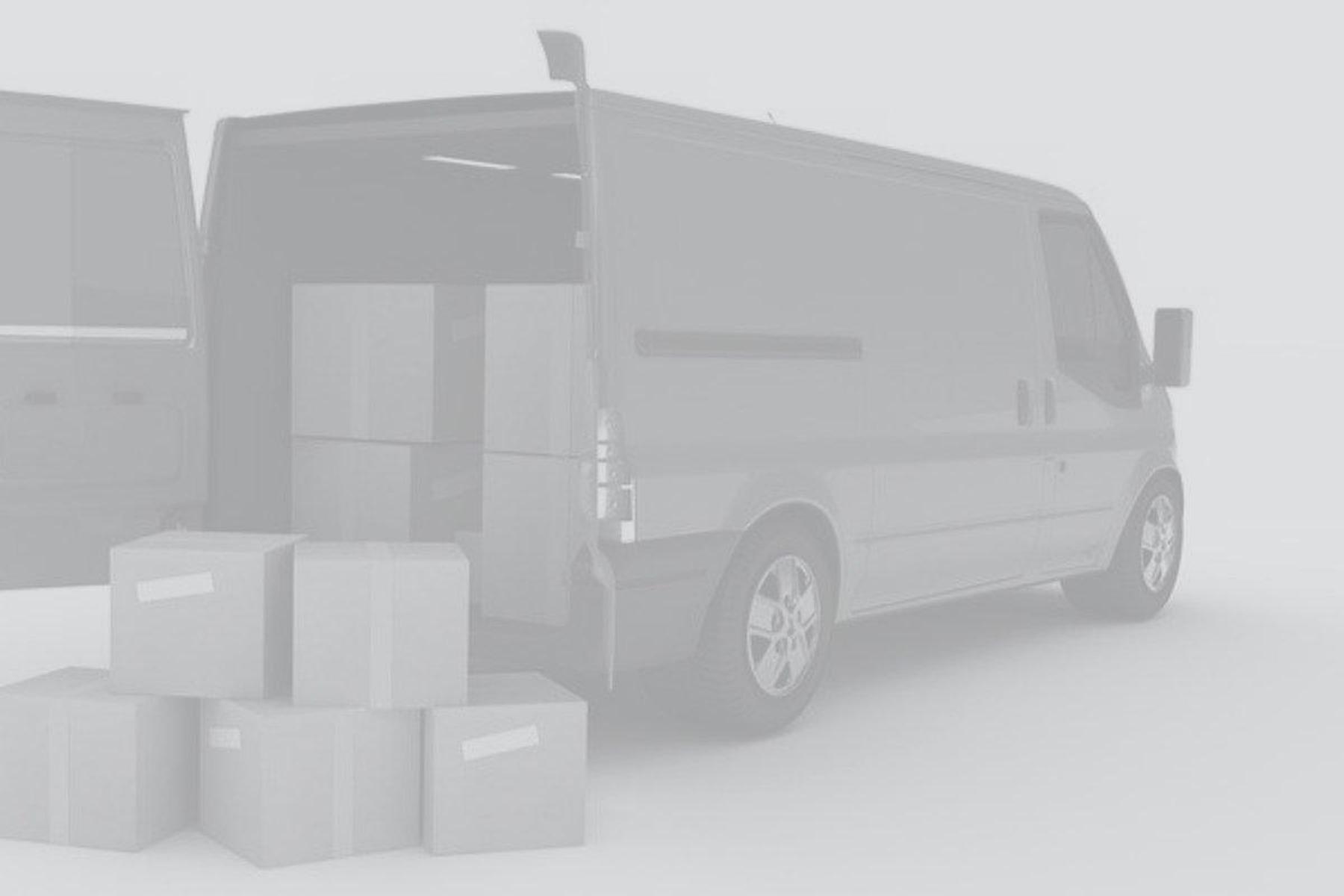Keeping this imminent danger in mind, isn't it time for e-commerce companies to rethink last-mile delivery?
‘Digital sorting’ tackles the last-mile delivery predicament
The solution to e-commerce companies' predicament lies in ‘digital sorting.’
The immense volumes e-commerce companies process every day provide room to digitally sort and bundle orders in a smart way before they’re transferred to the warehouse to be picked. Based on this digital sorting, orders for a single van’s delivery area can be grouped and picked together. After that, it’s possible to put them into one container that is ready to be taken to said delivery van. The container will continue its way through the parcel company’s logistics system as one 'bundle,' eliminating the need for physical sorting.
With this approach, it’s only necessary to cross-dock at the parcel companies’ central or city hubs. Pressure on capacity and costs is reduced, while the 24-hour delivery promise is maintained. Along these lines, it's also possible to compile containers allocated to one city hub, in which case the first sorting round – the biggest capacity constraint – can still be skipped.
At the city hubs, the bundled packages are incorporated into the package stream that has followed the conventional route of physical sorting. The number of routes and vans used in the final delivery system remain unchanged. But part of the load has reached the van in a simpler, more cost-effective way.
We’ve noticed that customers have started to care less about receiving their orders within 24 hours or even on a daily basis. In fact, they quite like knowing the exact date and time their package will be delivered. Predictability and fewer delivery moments, it appears, are highly valued. Online Dutch grocery store Picnic proves it works. Customers can pick from two to three standard delivery times per week, and they seem to like it: the service is very popular. And now that the corona crisis has forced most people to work from home, fewer but predictable delivery times are even more appealing.
The effect is twofold: it creates additional time and volume, which can be used to further enhance the impact of smart digital sorting.
Conclusion: things can and should be different
A ‘disruptor’ that worked according to this system of bundling and digital sorting was Dutch mail deliverer Sandd. It went into neighborhoods carrying 'bundles' of mail that had been digitally presorted and printed out in the right order. These bundles of envelopes could skip complex and costly sorting steps and were ready to ship directly to the relevant mailman.
The approach worked for Sandd’s high-volume mail customers, and it will work for today's large e-commerce companies with rapidly increasing volumes, too. It will result in less pressure on sorting capacity and lower distribution costs. If they want to increase the impact, these companies should also provide customers with more certainty about delivery times, which they have started to prefer. It's a win-win situation!

